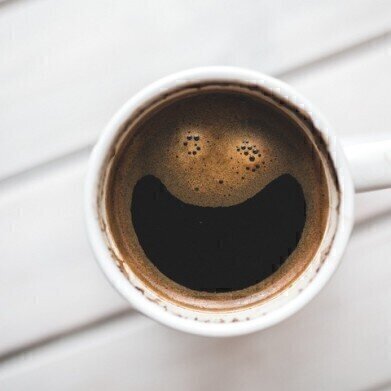HPLC, UHPLC
How is Chromatography Helping to Brew the Ideal Coffee?
Oct 24 2016
One of the most popular drinks in the UK — coffee drinking has changed a great deal in the last twenty years or so. Whereas twenty years ago, most people’s coffee experience was limited to trying a new jar of instant — nowadays, coffee is the hippest of hip drinks. Barista challenges, single estate coffee and even coffee encased in Civet pooh (the most expensive coffee in the world apparently) have made coffee drinking a desirable experience.
But what makes a good cup of coffee? Let’s take a quick look behind coffee’s hipster front and see how chromatography can get to the heart of a good cup of coffee.
Wake up and hit the caffeine
The number of flavour chemicals that have been identified in coffee beans is around a thousand — with many created in the roasting process. But the appeal of coffee lies not just in its taste. The effect of caffeine as a natural stimulant is one of the reasons people like coffee — especially first thing in the morning.
Legend has it that the stimulating effect of coffee was first noticed by goat-herders — their goats seemed to get an energy kick after eating the cherries from a coffee tree. Caffeine acts as a stimulant to the nervous system, increasing energy levels and alertness. But determining how much caffeine is in your cup is not a simple task.
The amount of caffeine depends on many factors including: bean type, roast, growing environment and grind. If you drink single estate coffee at home and experiment with different countries for example — you can spot when you are on a low caffeine content bean because you get the ‘coffee headache’ of withdrawal. If you drink coffee in chain shops this isn’t a problem as their beans are blended giving a consistent caffeine range.
But if you want to determine accurately how much caffeine you have — chromatography is the answer. The use of hydrophilic interaction chromatography (HILIC) to determine caffeine content in coffee is discussed in the article, A Simple, Generally Applicable HILIC Method Development Platform Based Upon Selectivity.
Roasting — art not science
With over a thousand different flavour molecules — the production of the ideal cup of coffee involves many different elements. All aspects of the process can influence the aroma and taste of a fresh cup of coffee — from the drying process, through roasting and storing, grinding and finally brewing method.
But perhaps it is roasting where the art of good coffee is found. It is the roasters job to turn the raw, natural green coffee beans into brown, aromatic beans ready for grinding. The roasting process aims to convert simple sugars, acids, proteins and aromatic compounds into something resembling perfection. The roaster must make sure that the temperature profile of the beans is such that the right reactions happen at the right time. An art not a science.
Digital Edition
Chromatography Today - Buyers' Guide 2022
October 2023
In This Edition Modern & Practical Applications - Accelerating ADC Development with Mass Spectrometry - Implementing High-Resolution Ion Mobility into Peptide Mapping Workflows Chromatogr...
View all digital editions
Events
Apr 28 2024 Montreal, Quebec, Canada
May 05 2024 Seville, Spain
May 15 2024 Birmingham, UK
May 19 2024 Brno, Czech Republic
May 21 2024 Lagos, Nigeria














